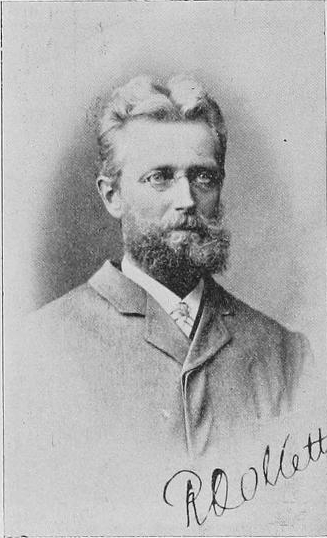|
Psephotus Dissimilis
The hooded parrot (''Psephotellus dissimilis'') is a species of parrot native to the Northern Territory in Australia. It is found in savannah and open woodland and is one of two extant species in its genus that breed in termite mounds. It has declined from much of its original range. Taxonomy One of three species known as antbed parrots, the hooded parrot is closely related to (and sometimes considered a subspecies of) the golden-shouldered parrot (''Psephotellus chrysopterygius''). A genetic study revealed its ancestors most likely diverged from ancestors of the latter species in the late Miocene or early Pliocene at the conclusion of the 'Hill Gap'. Norwegian naturalist Robert Collett described the hooded parrot in 1898. Its species name is the Latin word ''dissimilis'' "different" and either refers to its sexual dimorphism or its different appearance from its closest relative. Black-hooded parrot is an alternative name. Description The hooded parrot is a medium-sized parro ... [...More Info...] [...Related Items...] OR: [Wikipedia] [Google] [Baidu] |
Robert Collett
Robert Collett (2 December 1842 – 27 January 1913) was a Norwegian zoologist. Collett was director and curator of the Zoological Museum at University of Oslo. Robert Collett was born at Christiania (now Oslo), Norway. He was the eldest child of Professor Peter Jonas Collett (1813–51) and Camilla Collett (1813–95). His maternal uncles included Oscar and Henrik Wergeland, and his paternal uncles included Peter Severin Steenstrup. He had three younger brothers, including the writer and historian, Alf Collett. He never married.Robert Collett University of Oslo He attended the Latin School in and was a fellow in zoology at the |
Endemism In Birds
Endemism is the state of a species being found in a single defined geographic location, such as an island, state, nation, country or other defined zone; organisms that are indigenous to a place are not endemic to it if they are also found elsewhere. For example, the Cape sugarbird is found exclusively in southwestern South Africa and is therefore said to be ''endemic'' to that particular part of the world. An endemic species can be also be referred to as an ''endemism'' or in scientific literature as an ''endemite''. For example '' Cytisus aeolicus'' is an endemite of the Italian flora. '' Adzharia renschi'' was once believed to be an endemite of the Caucasus, but it was later discovered to be a non-indigenous species from South America belonging to a different genus. The extreme opposite of an endemic species is one with a cosmopolitan distribution, having a global or widespread range. A rare alternative term for a species that is endemic is "precinctive", which applies to ... [...More Info...] [...Related Items...] OR: [Wikipedia] [Google] [Baidu] |
Birds Of The Northern Territory
Birds are a group of warm-blooded vertebrates constituting the class Aves (), characterised by feathers, toothless beaked jaws, the laying of hard-shelled eggs, a high metabolic rate, a four-chambered heart, and a strong yet lightweight skeleton. Birds live worldwide and range in size from the bee hummingbird to the ostrich. There are about ten thousand living species, more than half of which are passerine, or "perching" birds. Birds have whose development varies according to species; the only known groups without wings are the extinct moa and elephant birds. Wings, which are modified forelimbs, gave birds the ability to fly, although further evolution has led to the loss of flight in some birds, including ratites, penguins, and diverse endemic island species. The digestive and respiratory systems of birds are also uniquely adapted for flight. Some bird species of aquatic environments, particularly seabirds and some waterbirds, have further evolved for swimming. Birds ... [...More Info...] [...Related Items...] OR: [Wikipedia] [Google] [Baidu] |
_-Burgers_Zoo-8a-3c.jpg)

.jpg)
.jpg)